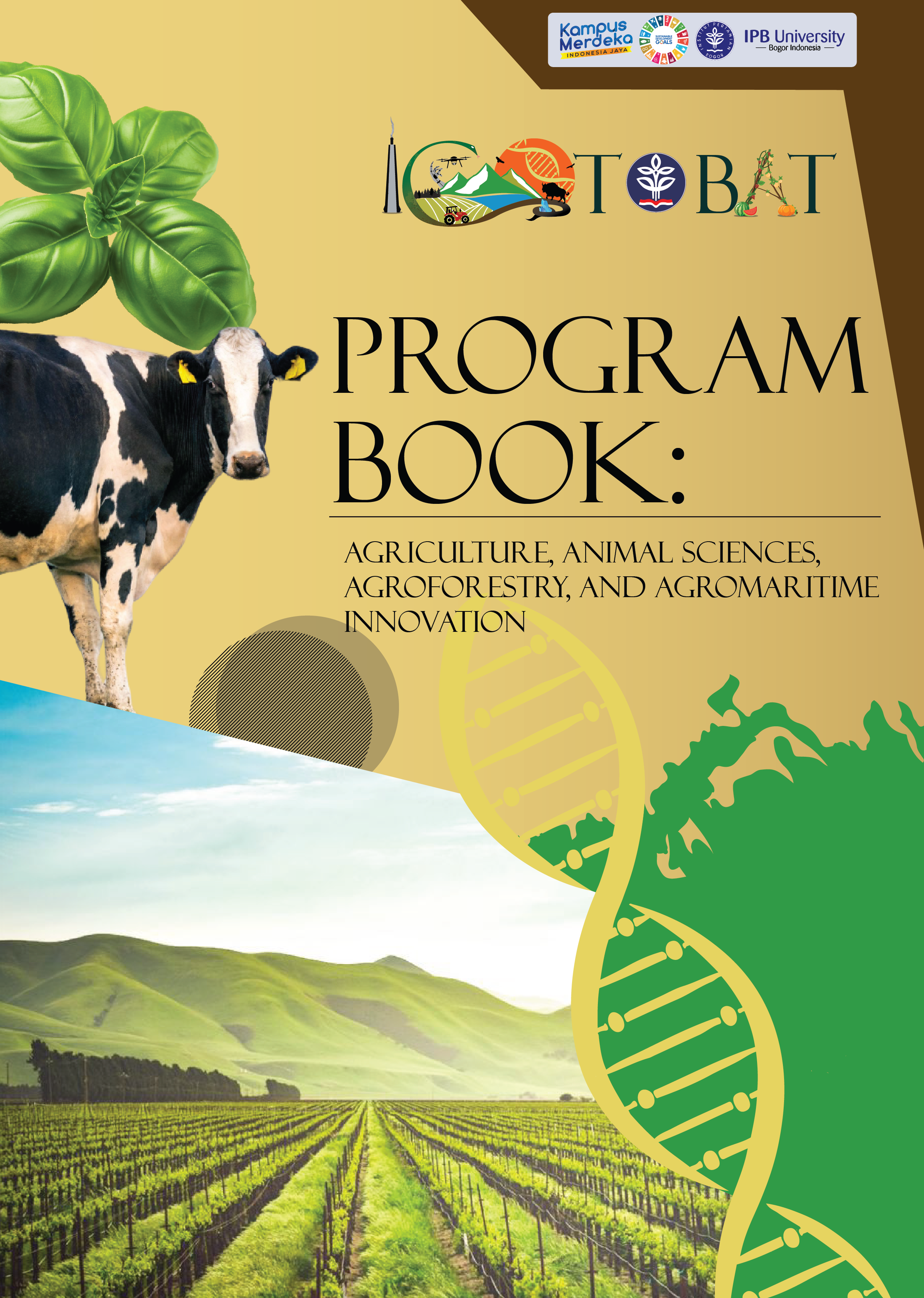Unlocking the Potential of Fermented Turmeric (Curcuma longa L.) as a Potential Natural Feed Additive for Poultry
Abstract
This study investigated the fermentation process of Turmeric (Curcuma longa L.) using Lactobacillus casei and its impact on Total Plate Count, pH, and antibacterial activity. The research followed an experimental design, examining antibacterial activity across six treatments with four replications each, analyzed through Analysis of Variance. TPC and pH data were compared between non-fermented and fermented Turmeric, with 12 replications for each treatment, analyzed using T-Tests with IBM SPSS version 26 (IBM, New York, NY, USA) to identify significant differences (p<0.05). Turmeric underwent anaerobic fermentation at room temperature for seven days, followed by analysis of the growth curve of fermented turmeric microbes, antibacterial activity testing, pH testing, and TPC measurement. UV-Vis spectrophotometry was used for optical density measurement. Results indicated a decrease in curcuminoid and flavonoid content post-fermentation, with a significant pH change to 3.95. TPC analysis revealed an increase in bacteria count in fermented turmeric, with bacterial growth curve peaking on day 3. Antibacterial analysis demonstrated fermentation time's impact on the inhibition zone, with increased inhibition observed against Salmonella thypimurium, Escherichia coli, and Lactobacillus casei bacteria. In summary, fermentation alters curcuminoid and flavonoid content, TPC, pH, and the zone of inhibition, thereby enhancing the quality of turmeric fermentation.





























